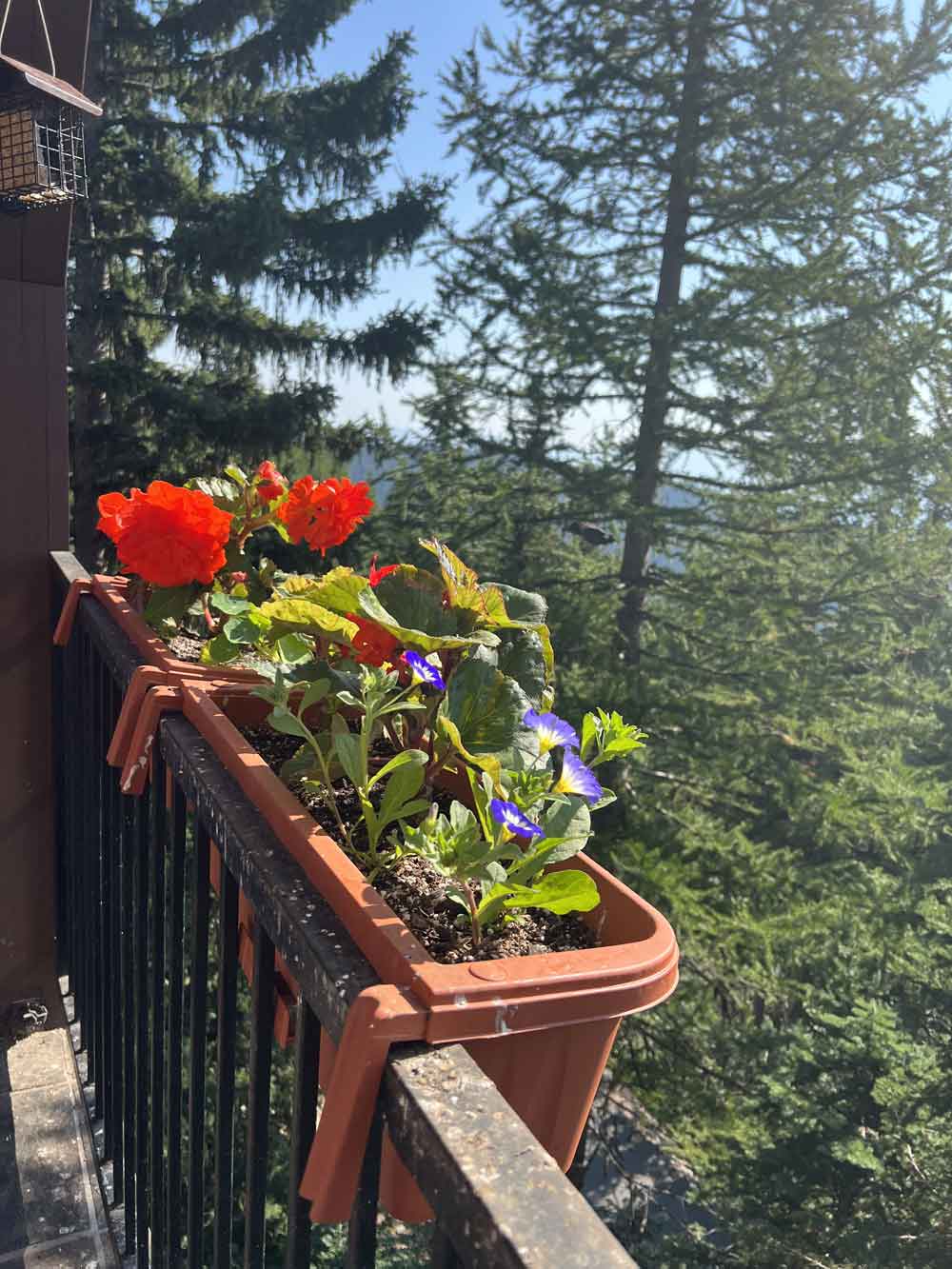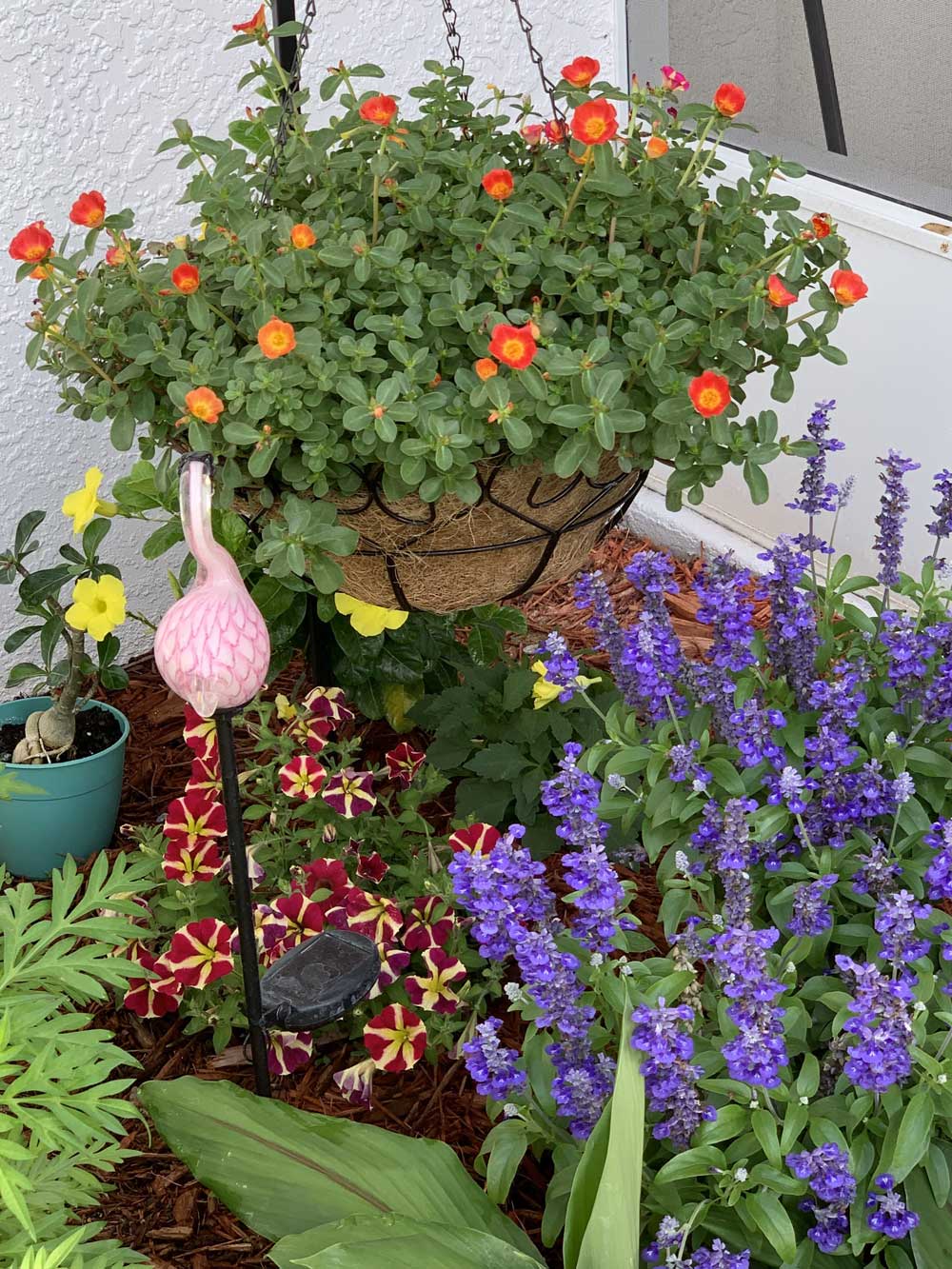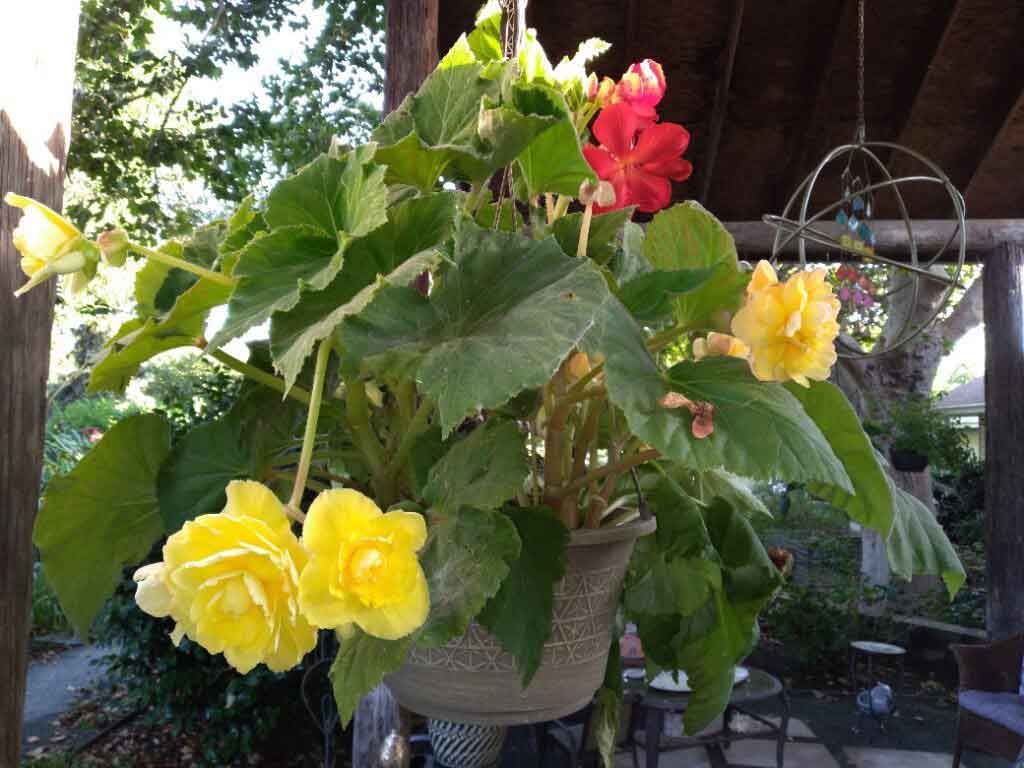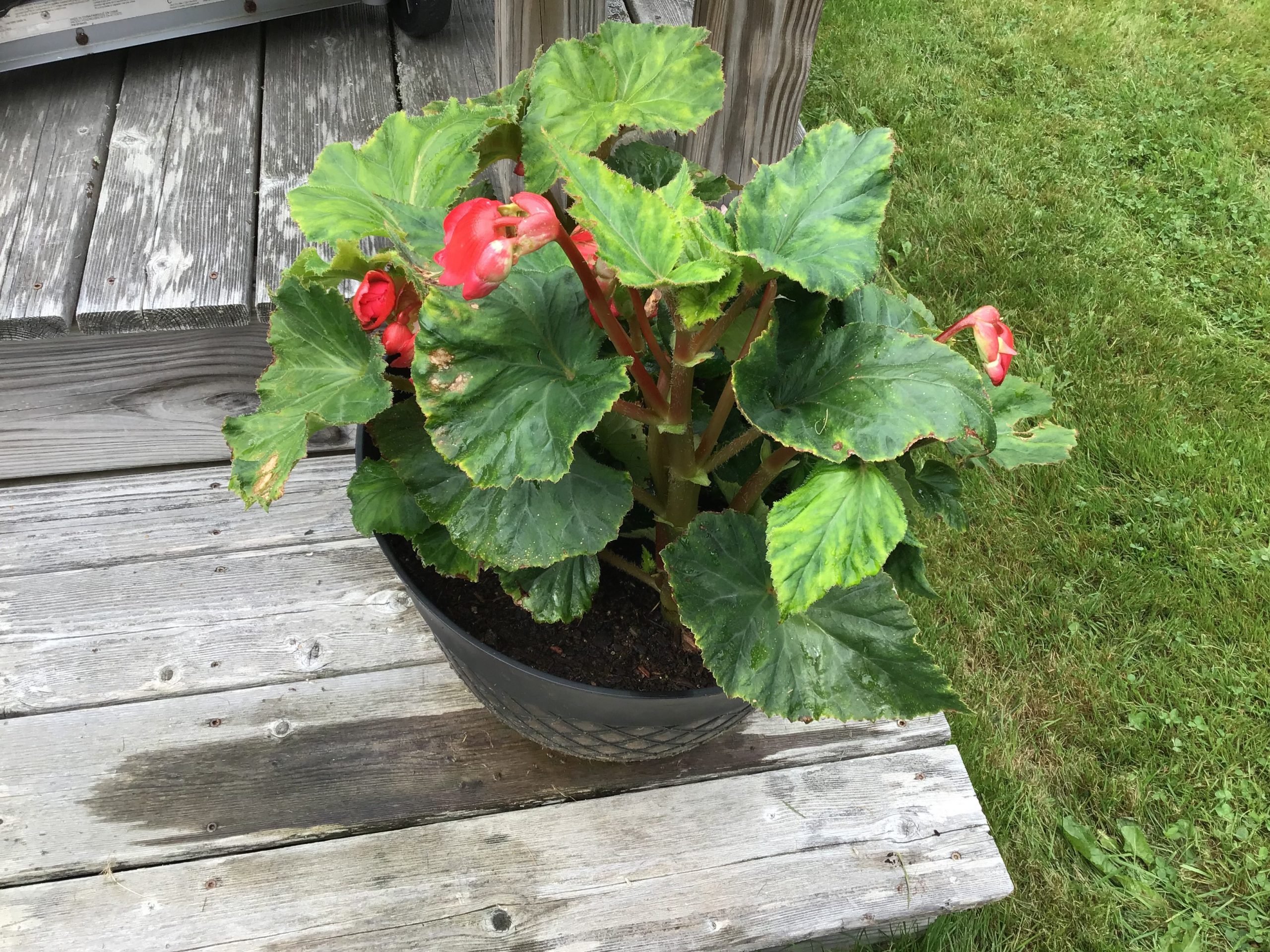When to Plant Begonia Tubers
Plant Begonias in late spring after threat of frost has passed and nighttime temperatures are above 50 degrees. If starting indoors, start about 8 weeks prior to transplant.
Where to Plant Begonia Tubers
Plant in well-draining soil in partial to full sun.
How to Plant Begonia Tubers
If you choose to start your Begonia tubers indoors, use a loose well-drained soil mix that drains well. The begonias like to be put in a temperature of about 64 degrees Fahrenheit; however, they do not seem to mind higher temperatures. After the tubers have sprouted and you can see small leaves, transfer the tubers to a 5-inch pot and cover them with compost. If you plan on using the begonias in an outdoor garden, begin acclimating them to outdoor temperatures in stages. This process should probably begin towards the end of May. After a week, if the threat of frost has passed, you may leave your begonia plants outside all night. Transplant outdoors after the begonias have grown 4 or 5 inches. It’s best to not cover begonias with mulch as that may cause rotting.
If you start the tubers outside, the ground should be loose and well drained. It should be moist but not soggy. Do not plant them outside until all danger of frost is past. Place the tubers in the soil mix with the hollow side up. Make sure that the top of the tuber is level with the soil surface. Water lightly. Once the bulbs have started sprouting and growing, water enough to keep the soil moist. Begonias like a place that is moist and partially shaded. If they happen to be in the sun for most of the day, you should water your begonias frequently in order to prevent bud drop.
Begonias should be planted 8 to 12 inches apart and just deep enough that the soil covers the top of the bulb.
How to Care for Begonias
Begonias do not require much care once established. Keep their soil moist but not soggy; the tubers will rot if they get too much water. Feed begonias with a well-balanced plant food every 2 to 3 weeks. Deadhead all your begonias regularly; removing wilted leaves and flowers encourages them to produce more blooms. Properly stored, tuberous begonias will give you years of vibrant, eye-popping blooms to brighten up your shady garden areas. So get your tubers started this spring for a show-stopping summer!








